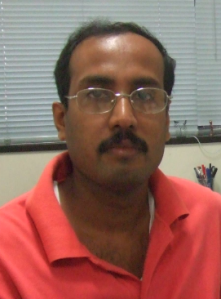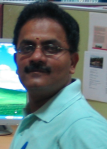Several colleagues have been recognized for their research excellence in the past year, and here is a sampling of what I was able to collect to present at the Court and Executive Council meetings this month. And just a bit beyond…
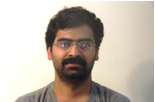 Most recently, Dr D B Ramachary, a synthetic organic chemist in our School of Chemistry has been named this year’s B M Birla prize awardee. The B M Birla prizes are awarded to young Indian scientists, below the age of 40 years, who have made outstanding original contributions in their fields. The objective is to encourage uncompromising excellence and to recognise the contributions of such scientists while encouraging others to achieve even higher standards of excellence. The prestigious awards have been instituted by the B M Birla Science Centre, Hyderabad, which is a premier institution for the dissemination of science in the country.
Most recently, Dr D B Ramachary, a synthetic organic chemist in our School of Chemistry has been named this year’s B M Birla prize awardee. The B M Birla prizes are awarded to young Indian scientists, below the age of 40 years, who have made outstanding original contributions in their fields. The objective is to encourage uncompromising excellence and to recognise the contributions of such scientists while encouraging others to achieve even higher standards of excellence. The prestigious awards have been instituted by the B M Birla Science Centre, Hyderabad, which is a premier institution for the dissemination of science in the country.
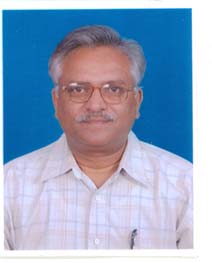 The Gupta Prize was established by M. M. Gupta, Chairman of the Gupta Group in Eluru, to promote Literature, Science, Arts, other intellectual pursuits and Humanitarian services and to honour distinguished persons or Institutions in these fields. Prof. Bethavolu Ramabrahmam of the Department of Telugu is this year’s awardee. He is in distinguished company- earlier awardees include M.S. Subbulakshmi, Dr. M. S. Swaminathan, and Dr. C. Rangarajan. Prof. Ramabrahmam is also the Chair of the Centre for Classical Telugu, and has done exemplary work in publishing classical texts with modern commentary.
The Gupta Prize was established by M. M. Gupta, Chairman of the Gupta Group in Eluru, to promote Literature, Science, Arts, other intellectual pursuits and Humanitarian services and to honour distinguished persons or Institutions in these fields. Prof. Bethavolu Ramabrahmam of the Department of Telugu is this year’s awardee. He is in distinguished company- earlier awardees include M.S. Subbulakshmi, Dr. M. S. Swaminathan, and Dr. C. Rangarajan. Prof. Ramabrahmam is also the Chair of the Centre for Classical Telugu, and has done exemplary work in publishing classical texts with modern commentary.
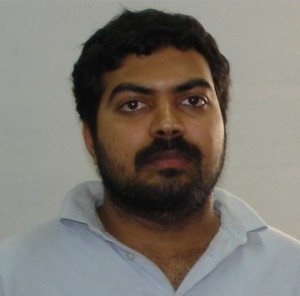
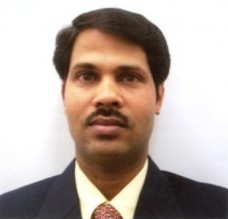
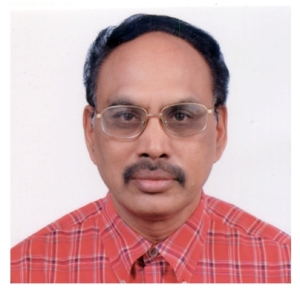 In the School of Engineering Science and Technology, Dr Dibakar Das has been elected Fellow of the Indian Institute of Ceramics, Dr Srikanth has been named this year’s INAE Young Engineer, and Prof. Bhanu Shankar Rao (who retired from the service of the University recently) has been named the Metallurgist of the year by Indian Institute of Metals.
In the School of Engineering Science and Technology, Dr Dibakar Das has been elected Fellow of the Indian Institute of Ceramics, Dr Srikanth has been named this year’s INAE Young Engineer, and Prof. Bhanu Shankar Rao (who retired from the service of the University recently) has been named the Metallurgist of the year by Indian Institute of Metals.

Prof. P Appa Rao of the Department of Plant Sciences in the School of Life Sciences has been elected to the National Academy of Agricultural Sciences. NAAS, established in 1990, is among the youngest of the Science Academies of India. It owes its origin to the vision of the late Dr. B. P. Pal, FRS. The Academy focuses on the broad field of agricultural sciences including crop husbandry, animal husbandry, fisheries, agro-forestry and interface between agriculture and agro-industry.
 Dr. Usha Raman of the Department of Communication in the Sarojini Naidu School has just been given an International Research Collaboration Award from the University of Sydney, to work with a group at the School of Public Health and the George Institute for Global Health, specifically, to provide inputs on qualitative methodologies in health research. This is a competitive award which funds a senior academic to come spend 8 weeks at the host institution and interact with early career researchers.
Dr. Usha Raman of the Department of Communication in the Sarojini Naidu School has just been given an International Research Collaboration Award from the University of Sydney, to work with a group at the School of Public Health and the George Institute for Global Health, specifically, to provide inputs on qualitative methodologies in health research. This is a competitive award which funds a senior academic to come spend 8 weeks at the host institution and interact with early career researchers.
Congratulations all around!














